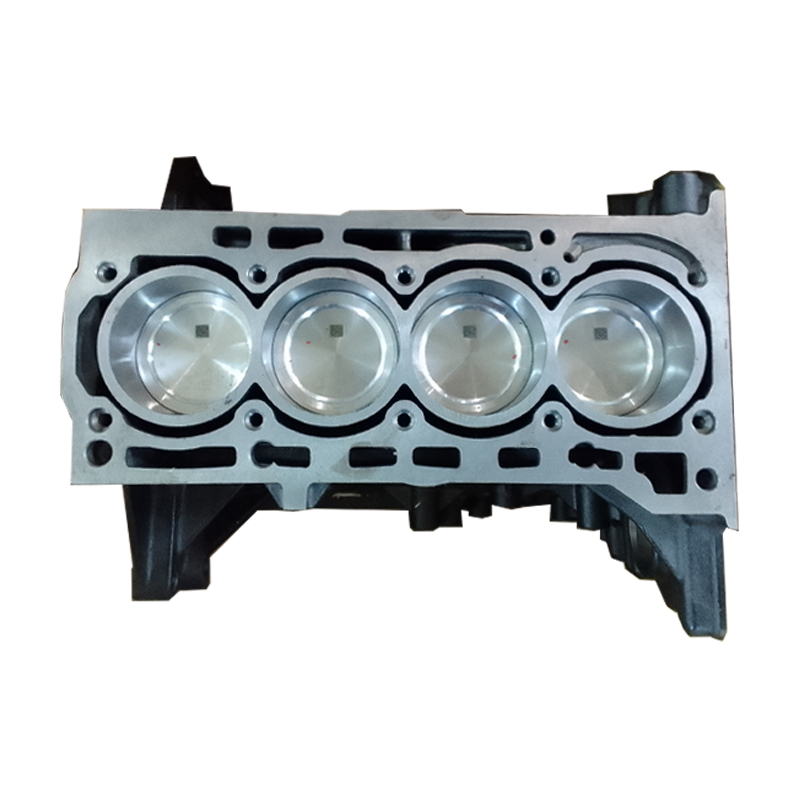Choose a cost-effective clp engine for industrial applications.
Choose a cost-effective clp engine for industrial applications.
Blog Article
Exactly How a Clp Engine Can Boost Efficiency in Numerous Industries
The development of CLP engines notes a significant shift in operational effectiveness throughout numerous industries, driven by their ability to maximize gas usage and minimize downtime. As organizations increasingly focus on sustainability along with effectiveness, the duty of CLP engines ends up being even much more essential.
Overview of CLP Engines
CLP engines, or Continuous Fluid Propellant engines, represent a significant advancement in propulsion technology, specifically for room applications. These engines use a continuous feed system that allows for the continual expulsion of propellant, causing improved efficiency and efficiency compared to traditional strong or hybrid propulsion systems. By preserving a constant circulation of liquid propellant, CLP engines can achieve more specific drive control, which is essential for maneuvering spacecraft in numerous objective scenarios.
The layout of CLP engines integrates innovative materials and innovative gas management systems. clp engine. This causes decreased weight and increased dependability, important factors for long-duration room objectives. Additionally, the continual operation minimizes the threat of combustion instability, an usual difficulty in conventional rocket engines.

Benefits in Manufacturing
The manufacturing of Continuous Fluid Propellant (CLP) engines presents a number of notable benefits that boost both efficiency and cost-effectiveness. Among the key advantages is the streamlined production process, which decreases the complexity associated with traditional propulsion systems. By making use of fluid propellant, makers can accomplish greater accuracy in engine efficiency, causing enhanced energy result and minimized waste.
Furthermore, CLP engines help with a greater level of modularity, enabling easier assimilation right into different manufacturing lines. This flexibility can dramatically decrease lead times and enhance total operational versatility. Making use of CLP modern technology likewise has a tendency to reduce the need for extensive upkeep due to fewer relocating parts, which converts into reduced downtime and functional costs.

Applications in Logistics
Leveraging Continual Fluid Propellant (CLP) engines in logistics offers considerable advantages in operational effectiveness and integrity. These engines provide a robust service for different transportation requirements, making it possible for the smooth movement of products throughout huge ranges. The integral layout of CLP engines enables regular power outcome, which equates into smoother and much more predictable transportation schedules.
One of the crucial applications of CLP engines in logistics remains in durable products transport, where they can drive both ground and aerial cars. Their capacity to maintain high performance under varying lots problems ensures that delivery timelines are fulfilled, thus boosting customer fulfillment. Additionally, CLP engines can be incorporated right into automated logistics systems, assisting in real-time tracking and optimizing course view it preparation.
Furthermore, the sturdiness of CLP engines decreases upkeep downtime, enabling logistics companies to optimize their operational capacities. This is specifically useful in warehousing procedures, where effectiveness in dealing with and transferring items is essential. As logistics remains to evolve, the assimilation of CLP engines represents a forward-thinking approach that not only boosts efficiency however likewise supports the sector's expanding visit here demands for integrity and rate.
Effect on Energy Efficiency
Exactly How do Continuous Fluid Propellant (CLP) engines boost power effectiveness in transport? CLP engines utilize a regular flow of fluid gas, enhancing burning processes and preserving a steady thrust output. This layout lessens energy losses associated with typical combustion engines, where gas distribution can differ and cause ineffectiveness.
The continual operation of CLP engines enables a more reliable thermal cycle, leading to greater particular impulse contrasted to traditional engines. clp engine. This translates to reduced fuel consumption for the very same quantity of job done, considerably decreasing operational expenses throughout various transportation fields, including aeronautics and maritime industries
Additionally, the capacity of CLP engines to preserve optimum performance under differing load conditions lowers the demand for frequent velocity and slowdown, better enhancing fuel effectiveness. Boosted power performance not only adds to cost financial savings but likewise brings about reduce greenhouse gas exhausts, aligning with worldwide sustainability goals.
Future Trends and Innovations
Emerging improvements in Continual Liquid Propellant (CLP) engine innovation pledge to change the landscape of transportation efficiency and sustainability. As sectors pivot toward greener options, CLP engines stand at the center, integrating innovative materials and design methods that boost performance while lessening ecological impact.
One of one of the most encouraging trends is the fostering of crossbreed systems that incorporate CLP engines with renewable resource sources. This synergy can enhance gas usage and decrease emissions, lining up with global sustainability goals. Moreover, developments in computational fluid dynamics (CFD) are facilitating the layout of more aerodynamically reliable engines, bring about lowered drag and improved fuel efficiency.
Furthermore, the advancement of smart tracking systems is set to improve operational effectiveness. These systems leverage data analytics and IoT technology to enhance engine efficiency in real-time, guaranteeing that the engines run within their most reliable specifications.
As study remains to check out different propellant formulas-- try this such as biofuels and artificial gas-- the future of CLP engines looks promising. By taking advantage of these innovations, markets can not just improve their effectiveness yet additionally contribute substantially to a cleaner, more sustainable future in transport.
Final Thought
Finally, CLP engines represent a substantial improvement in performance across several industries. Their capacity to optimize gas intake and reduce functional costs, integrated with a continual feed system, enhances power result and operational dependability. The assimilation of sophisticated products and less relocating parts decreases maintenance needs, while alignment with sustainability objectives positions CLP engines as a crucial innovation for the future. Continued technology in this field guarantees further renovations in performance and environmental efficiency.
Report this page